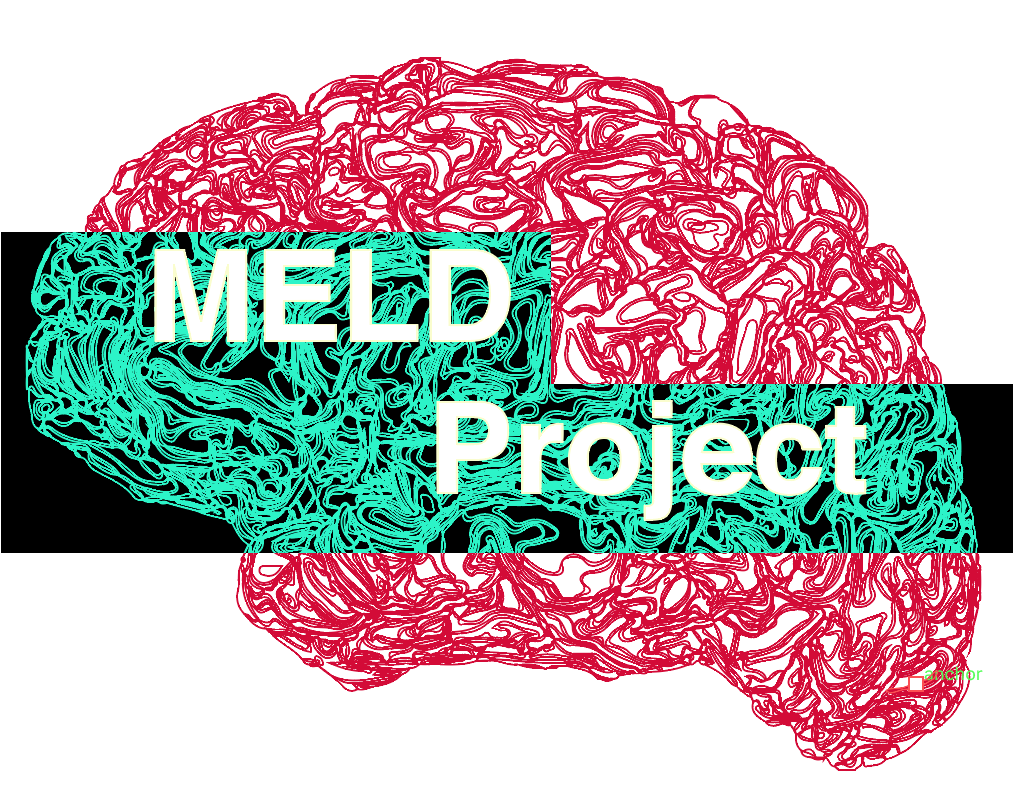Welcome!
This is my first blog post about the MELD project - a multi-centre epilepsy lesion detection project. Our aim is to develop tools for the automated detection of malformations of cortical development such as focal cortical dysplasias (FCDs).
At the beginning of 2017, we published a single-centre study on automated lesion detection in children. This was based on cohort of patients between age 4 and 18 studied at Great Ormond Street Hospital, UK.
We trained a neural network on 28 surface-based features such as cortical thickness, curvature, sulcal depth, FLAIR signal intensity etc. etc. Each vertex was given a response value (1 if lesional, 0 if healthy cortex).
The trained neural network was able to detect 73% of lesions! ![]()
Here are some examples of the lesions it was able to detect:

As you can see these included small and large lesions, and lesions located in different cortical lobes. We published all the code used for this study so that other centres would be able to use the FCD detection methodology on their patients and help us to develop and improve this work.
However, the more training data a neural network has, the better it will perform. Also, including data from different sites and different MRI scanners will ensure that our trained classifier is generalisable. So, the aim of this collaboration is to bring together groups who are interested in using AI to assist lesion detection in the pre-surgical evaluation of patients with drug-resistant epilepsy.
We aim to:
- continue to develop AI capabilities to detect FCDs
- train classifiers on data from multiple centres (including paediatric and adult data)
- create clinically useful tools that can be used in the pre-surgical evaluation of patients with drug-resistant epilepsy to aid radiological diagnosis
Thanks for taking a look and feel free to contact us if you would like to find out more!
